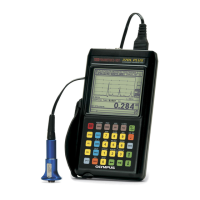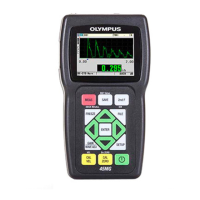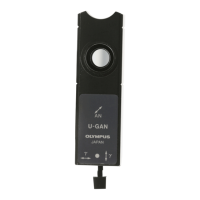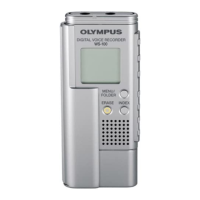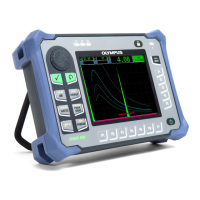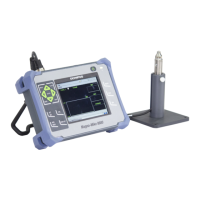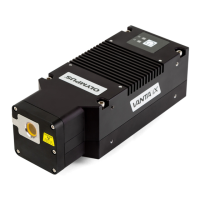DMTA-10004-01EN, Rev. D, November 2016
Chapter 7
96
c) In LARGE FONT, select which measurement appears in the larger font in the
measurement screen (see Figure 7-3 on page 96).
Figure 7‑3 Selecting which measurement appears with the larger font
10. Press [MEAS] to return to the measurement screen that is now showing both the
MATERIAL and the OXIDE LAYER measurements.
7.3.3 Calibrating for Oxide Layer Measurement
For the best accuracy, perform the material sound velocity and zero calibrations on
oxide-free samples with known boiler tube thickness and on a sample with known
internal oxide scale thickness.
To calibrate for oxide layer measurements
1. Couple the transducer to the thick oxide-free boiler tube sample.
When using the M2091 normal incident shear transducer, you must use shear wave
couplant (SWC) between the delay line and the surface of the material
2. Press [CAL VEL].
3. When the reading is stable, press [ENTER].
4. Using the arrow keys, edit the thickness value to match the known thickness of
the thick sample.
5. Couple the transducer to the thin oxide-free boiler tube sample.
6. Press [CAL ZERO].
7. When the reading is stable, press [ENTER].
8. Using the arrow keys, edit the thickness value to match the known thickness of
the thin sample.
Oxide layer thickness Material thickness

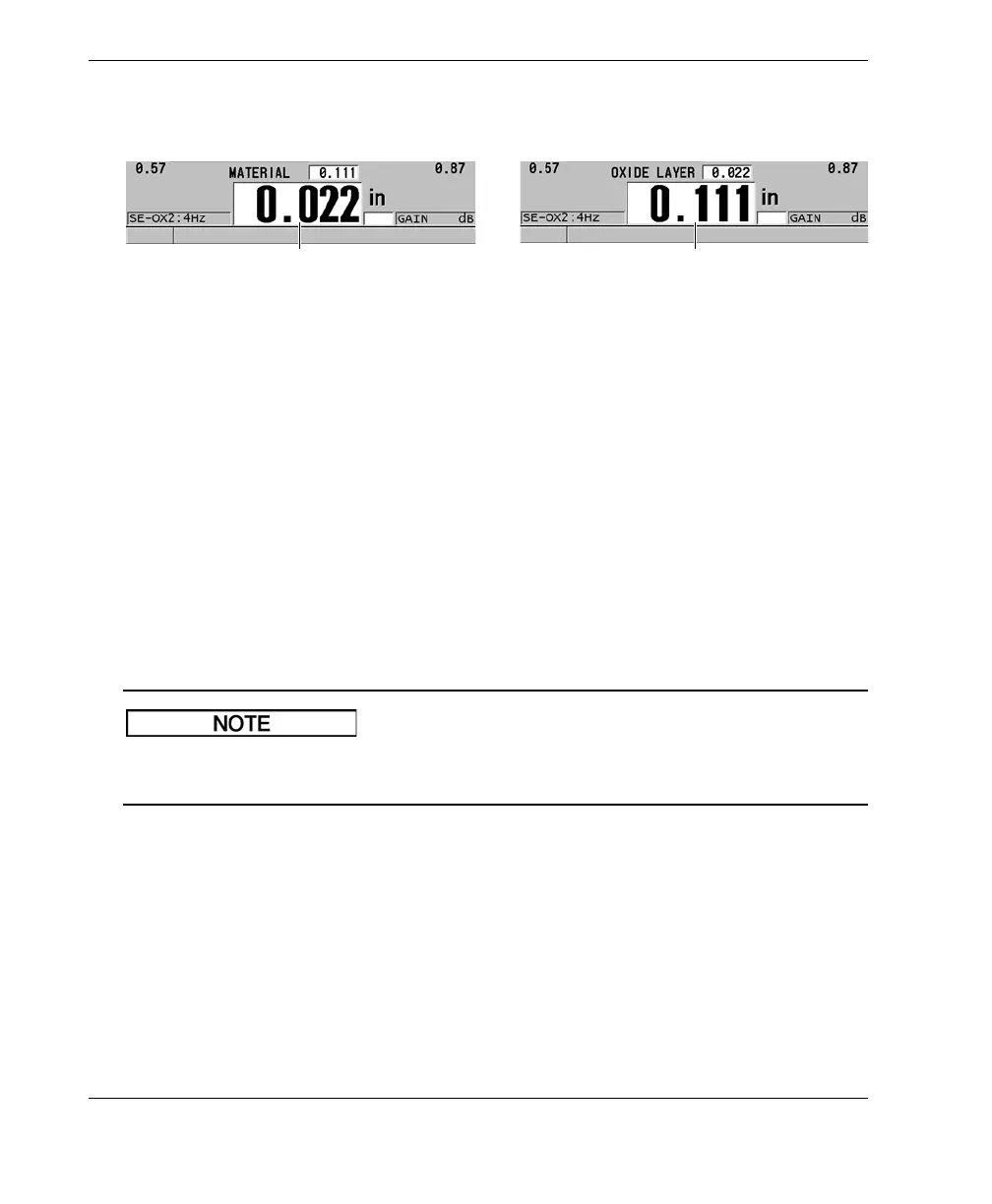